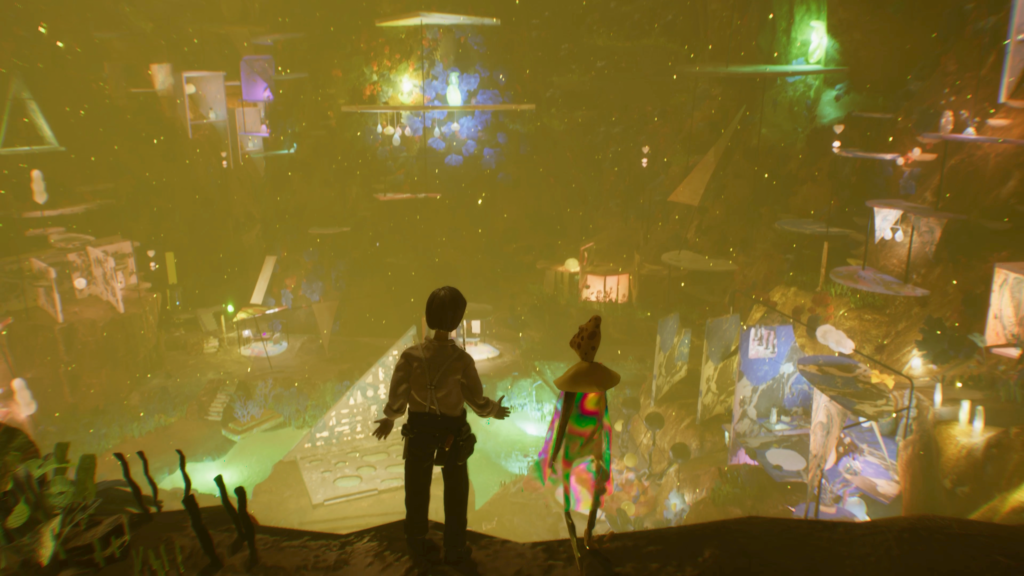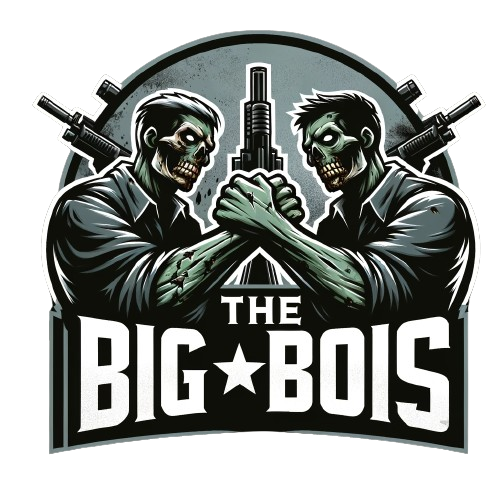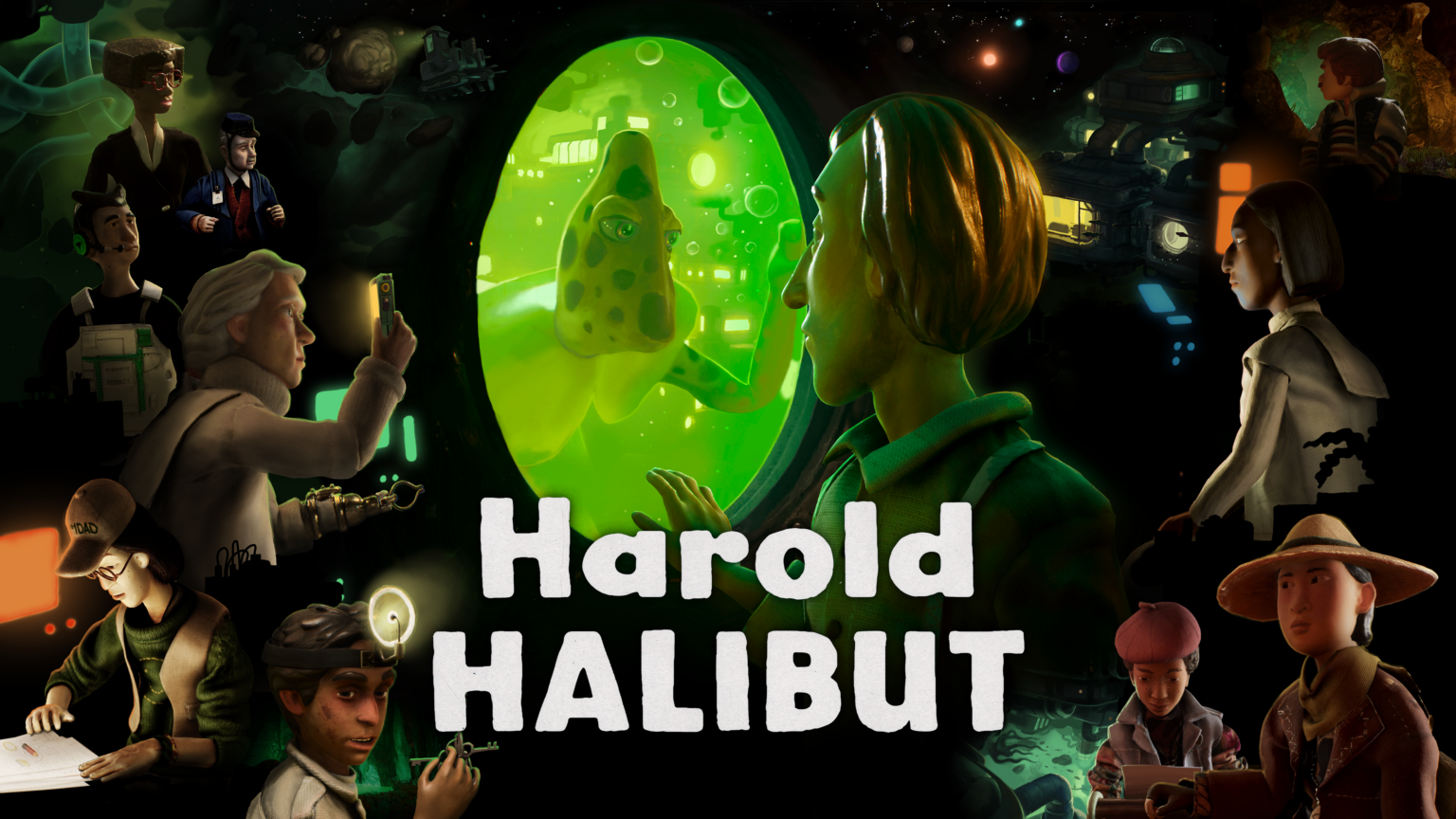In the vast expanse of the gaming universe, where high-resolution graphics and fast-paced action often take the spotlight, a uniquely charming indie game emerges from the depths to tell a captivating story of exploration, friendship, and the eternal quest for home. “Harold Halibut,” developed by Slow Bros., offers gamers a refreshing dive into a meticulously handcrafted world aboard a city-sized spaceship submerged in an alien ocean. This narrative-driven adventure explores themes that resonate deeply with anyone who has ever pondered their place in the universe—or just their place in an underwater, alien-inhabited cosmos.
At its core, “Harold Halibut” is a story-driven experience focusing on the titular character, Harold, and his life among a vibrant community of scientists, artists, and explorers who all share a common goal: to find a new home. But what sets this game apart from conventional narrative adventures isn’t just its engaging story—it’s the game’s visually stunning, handmade world. Every setting, character, and item in “Harold Halibut” has been physically crafted and digitized using stop-motion techniques, bringing a level of detail and warmth rarely seen in video games. This artistic choice draws players into Harold’s world in an incredibly intimate and immersive way.


The spaceship, a retro-futuristic marvel, contains a plethora of environments to explore and mysteries to uncover. From the bustling communal areas where the spaceship’s inhabitants go about their daily lives to the eerie, unexplored sections that hold the secrets to their survival and potential escape. Players are encouraged to wander, or rather, sidestep the main narrative path, delving into the corners and crevices of this submerged world, where every nook promises new stories and encounters.
However, those seeking action-packed gameplay or complex puzzles might find “Harold Halibut” more of a gentle drift than a turbulent ocean adventure. The game focuses heavily on storytelling and exploration over traditional gameplay mechanics, with the majority of its interactivity stemming from dialogue choices and straightforward problem-solving tasks. But this slower pace is not without purpose; it allows players to soak in the game’s atmosphere and narrative without distraction.
The emotional depth of Harold’s journey is elevated by the game’s astounding musical score, teeming with melodies that perfectly encapsulate the sense of wonder, melancholy, and hope that permeates the spaceship. It’s a soundtrack that doesn’t just accompany your journey—it becomes a vital part of the experience, guiding your emotions as you delve deeper into the secrets of this alien ocean.
Elements That Resonate
Stunning Handmade World
- Pro: The handmade, stop-motion style of art provides a breathtaking and unique visual experience that adds immeasurable charm and warmth to the game.
Rich Narrative and Exploration
- Pro: A deep, engaging storyline paired with the joy of discovering the myriad details of a fully realized world encourages thorough exploration.
Areas of Drift
Lack of Conventional Gameplay
- Con: Gamers looking for complex puzzles or fast-paced action may find the gameplay too simplistic or the pacing slow.
Focus on Story Over Challenge
- Con: The emphasis on narrative over gameplay challenge might not appeal to those who prefer their games with more competitive or puzzling elements.
Harold Halibut: In summary, "Harold Halibut" stands as a testament to the power of storytelling and art in video games. Its breathtaking, handmade world invites players to explore not just the physical spaces of a submerged spaceship but the emotional depths of its inhabitants' journey to find a place they can call home. It’s a reflective, heartwarming adventure set against an unforgettable backdrop of artistic brilliance and auditory pleasure. For those willing to take the plunge, "Harold Halibut" promises an enriching descent into a world unlike any other. – Obsidian


